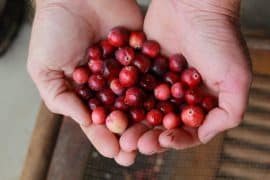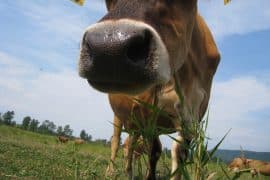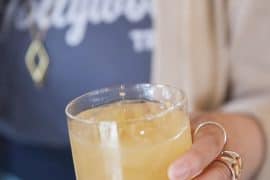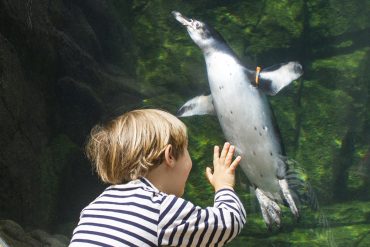Dungeness crab delicacies come out of their shells
written by Corinne Whiting
Some might argue—if you haven’t feasted on Dungeness crab, you haven’t visited the Pacific Northwest at all. Depending on whom you speak to, the delightful delicacy (a hard-shelled, six-legged crustacean found in chilly waters off North America’s west coast) should be enjoyed in a specific way. The general consensus, however, is that this food item—named after a small fishing village in Washington—should never be overlooked. And according to local restaurants’ menus, thankfully, it rarely is.
“Dungeness is quite versatile. If I’m at home, I snack on it cold. Crack at it, with some cocktail sauce and salt-and-pepper potato chips,” chef Carolynn Spence of Seattle’s Shaker + Spear, explained. “At the restaurant, we constantly change it up.” The number one brunch seller at the bustling downtown venue? The Dungeness crab cake benedict with ham and avocado.
Dan Obradovich, processing sales manager of Pacific Seafood, said while his mom makes a mean Crab Louie, he takes a simpler approach in order to truly savor the “rich, distinctive flavors.” “From a purist standpoint, there’s something about sitting down and cracking the shell that makes it more of an event,” he said. At home, Obradovich prefers it straight out of the shell, accompanied by melted butter with garlic and a
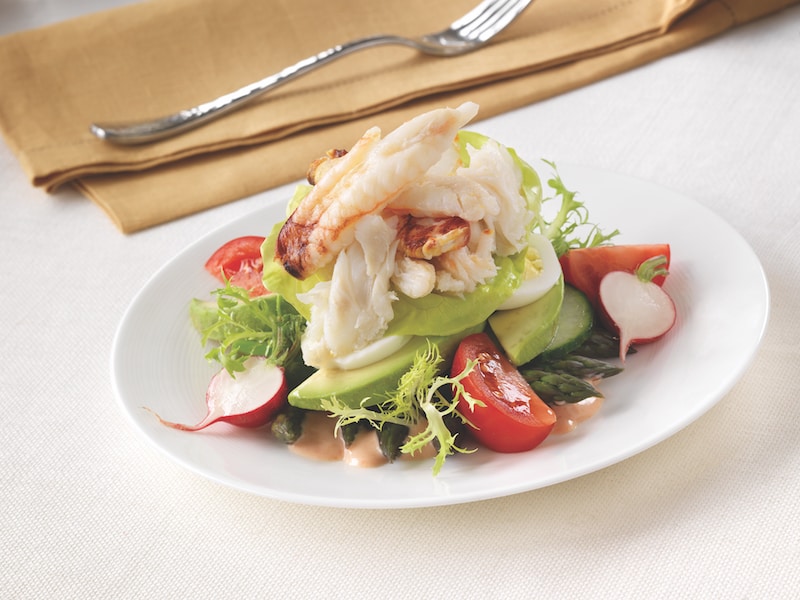
The Dungeness crab is so revered in this corner of the country that every October, thousands of hungry visitors convene in Port Angeles to enjoy up to 8 tons of fresh-caught crab. Last year, around 15,000 folks came from twenty-eight states and Canada to enjoy the delicacy. This year, the Olympic Peninsula’s free Dungeness Crab & Seafood Festival welcomed new head chef Chris Wagnon, who had volunteered in years past.
Wagnon most appreciates that the crabs served have been sourced locally and that they feature “so much juicy meat.”
“I believe Dungeness has the sweetest and best assortment of textures,” he said. “I love that after we put so much love into preparing the Dungeness crab, the customer will put in an equal amount of love to eat it.”
The festival evolves as crowds grow—this year’s “crab central tent” expands to 17,000 square feet. Throughout festival grounds, attendees now find fifteen food booths, a cornucopia of vendors, stages for live music and cooking demos, plus anticipated events like the Grab-a-Crab Derby and Sunday Chowder Cook-Off.
“The best part about all of this is the diversity of people—the amazing family from Wisconsin that helped us shuck corn for three hours, the international students from Peninsula College having their first interaction with food production, the random local who has never seen a crab cleaned and the little kids getting to hold a live crab,” Wagnon said.
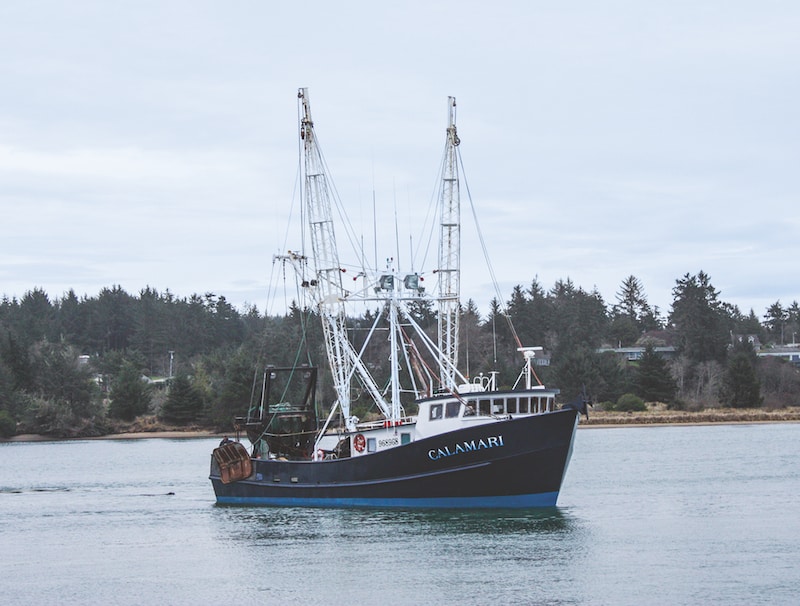
Companies like Pacific Seafood say they’ve been harvesting and processing some of the region’s highest-quality and best-tasting seafood, from a variety of coldwater shrimp and wild salmon to Columbia River steelhead and Dungeness crab, for more than seventy years. Since its beginnings in 1941, the company has grown to thirty-five facilities in seven states, though the team remains family-owned and dedicated to sustainable fishing practices. Its Washington headquarters are located in Mukilteo, and Tacoma diners enjoy its just-caught goods at The Fish Peddler Restaurant & Retail Market on Dock Street.
Once an “insider’s secret” among Pacific Northwest chefs, Dungeness crab has now gained popularity around the globe. In Puget Sound, Dungeness crab tends to be most abundant north of Seattle, in Hood Canal and near the Pacific coastline. The opening of crabbing season, usually in November or December, fluctuates dependent on the quality and condition of the crab, as well as the absence of any marine biotoxins. Thanks to a 1994 federal court ruling, the “Rafeedie Decision,” harvest of Dungeness crab is shared between treaty Indian tribes and non-tribal fi
To determine what portion of the Dungeness crab population can be sustainably harvested, fishery managers use the “3-S strategy”—size (crabs must be 6 1⁄4 inches or larger), sex (no female crabs can be harvested) and season (no fishing is allowed during molting, allowing crabs to grow into their new shells).
The folks at Pacific Seafood stock the best crab during the months of July, January



